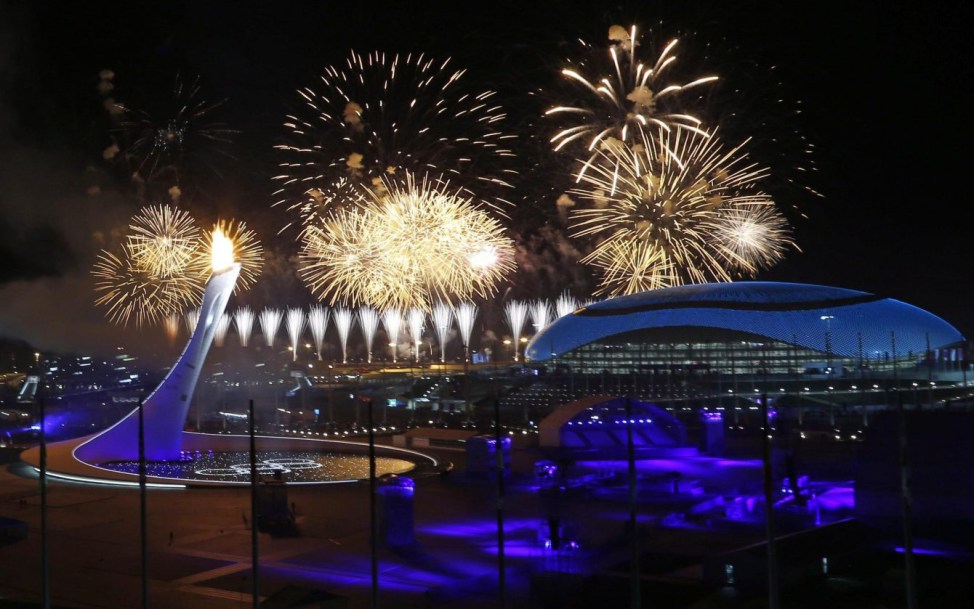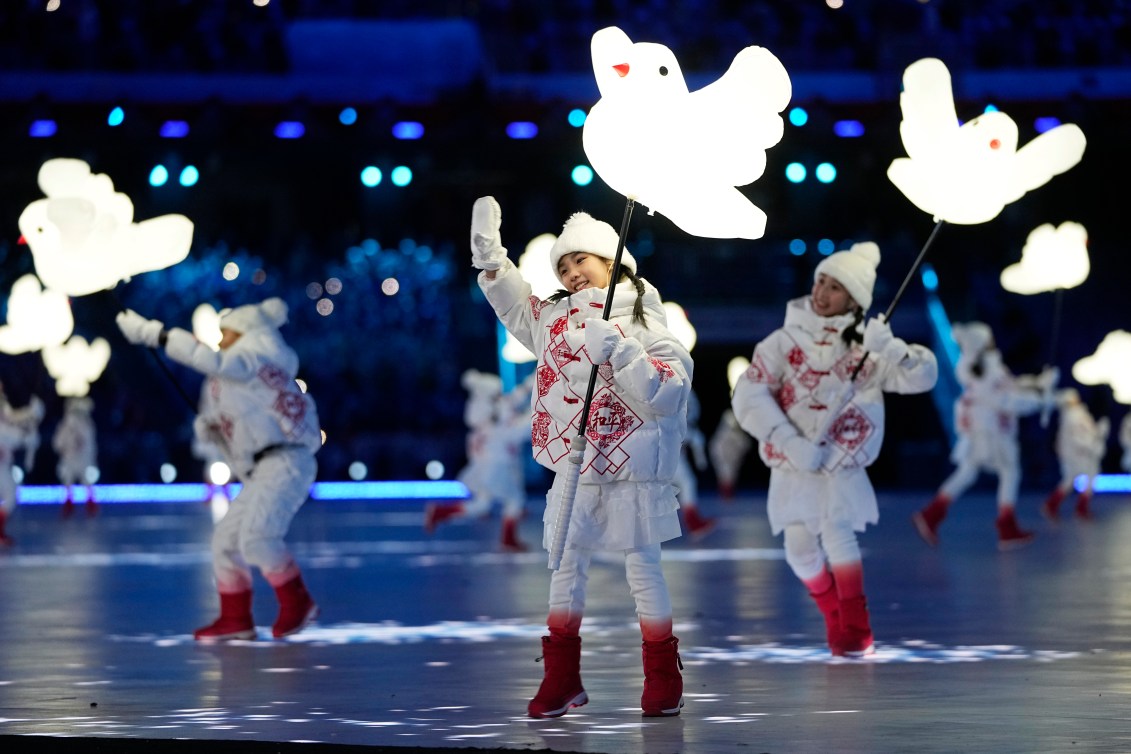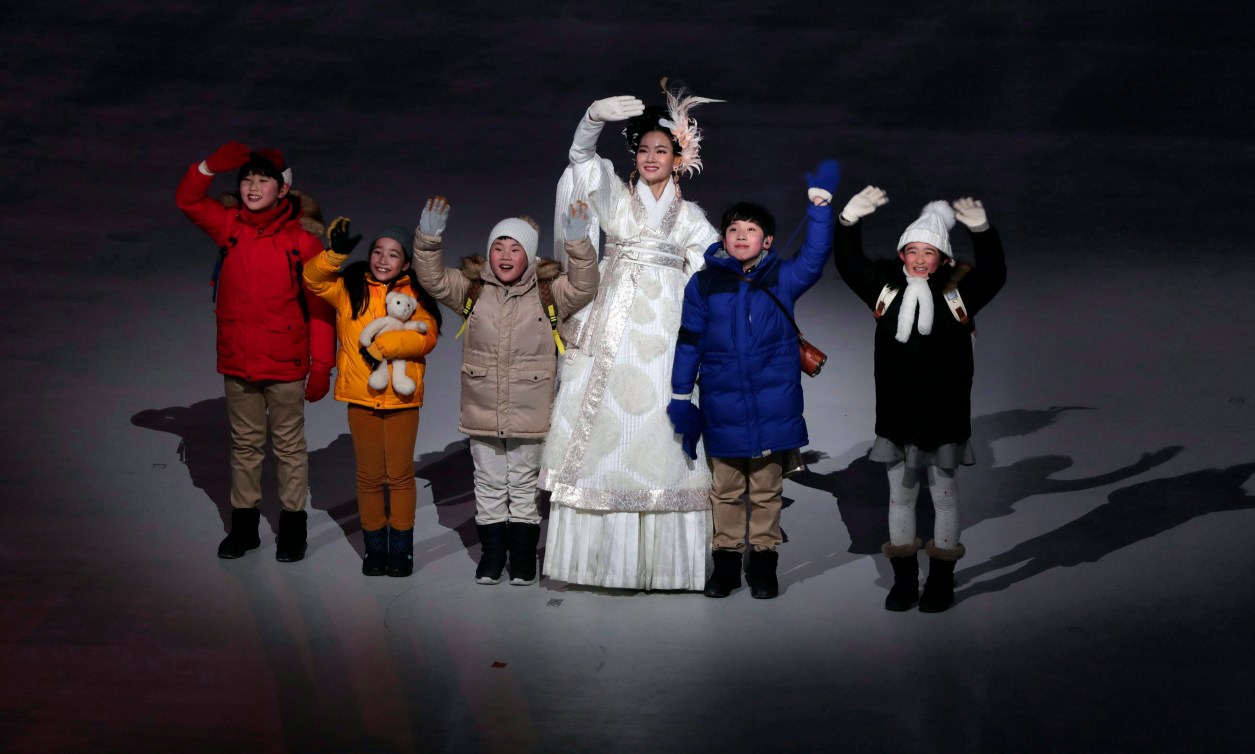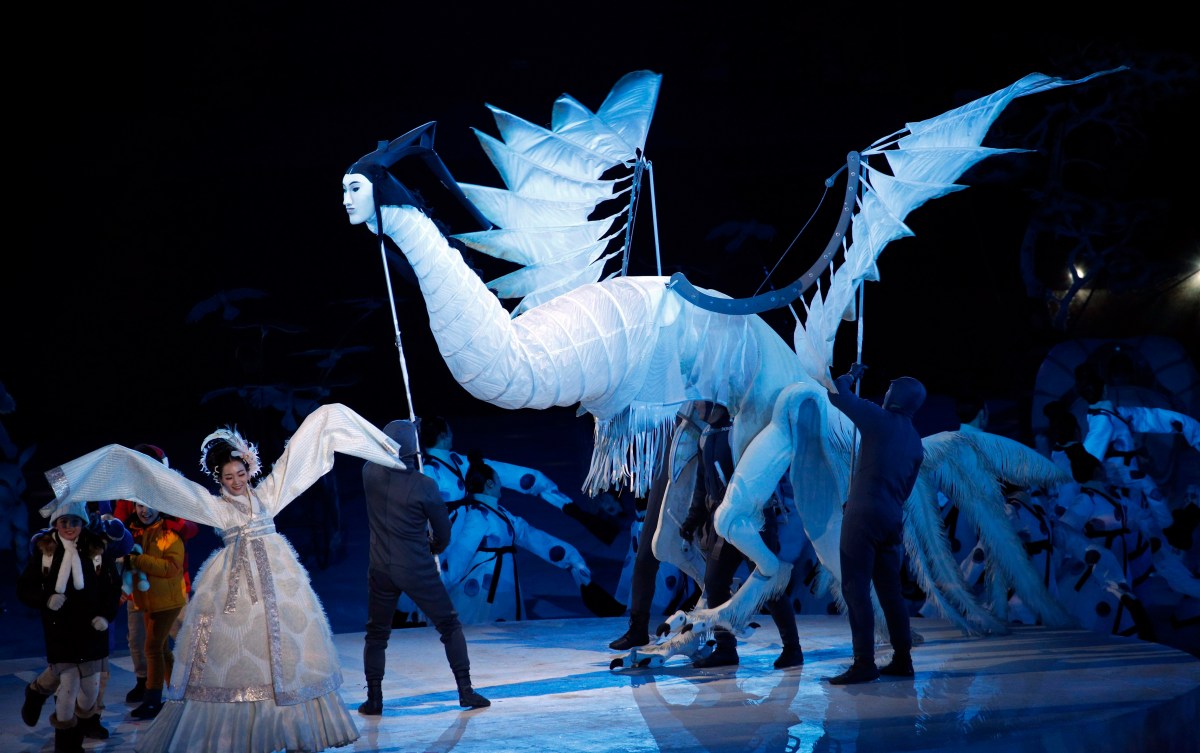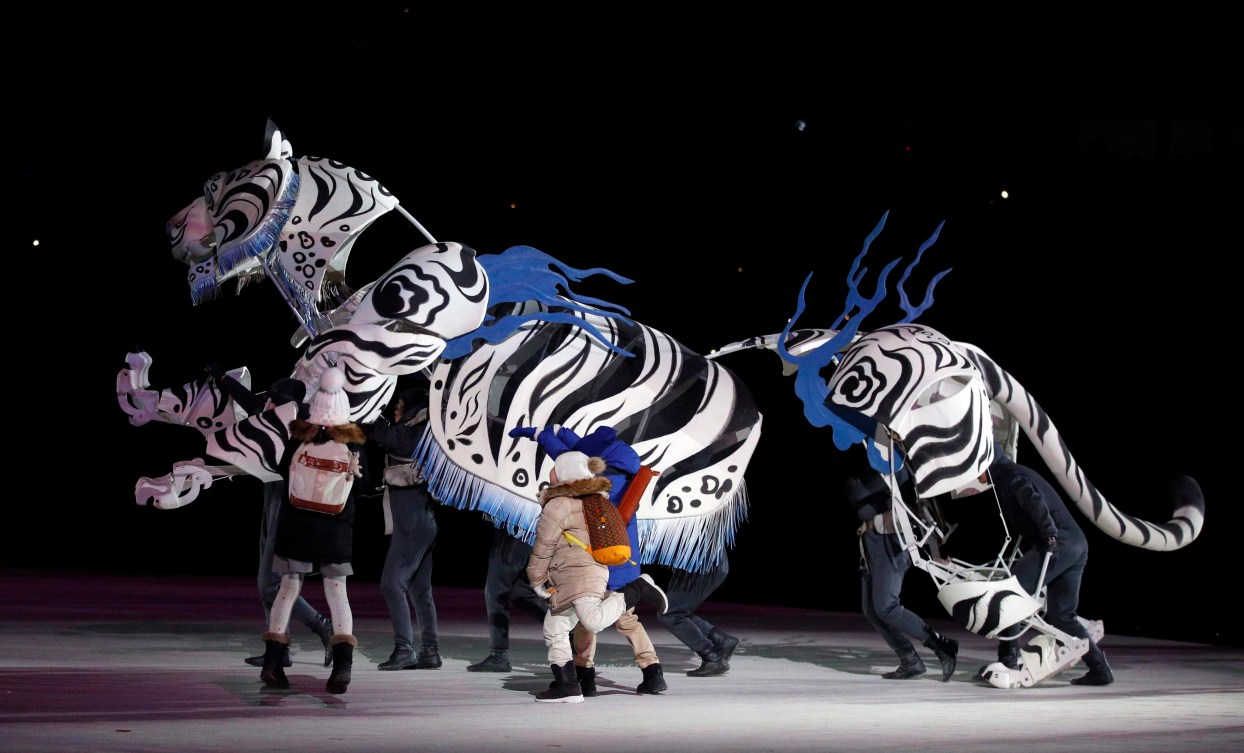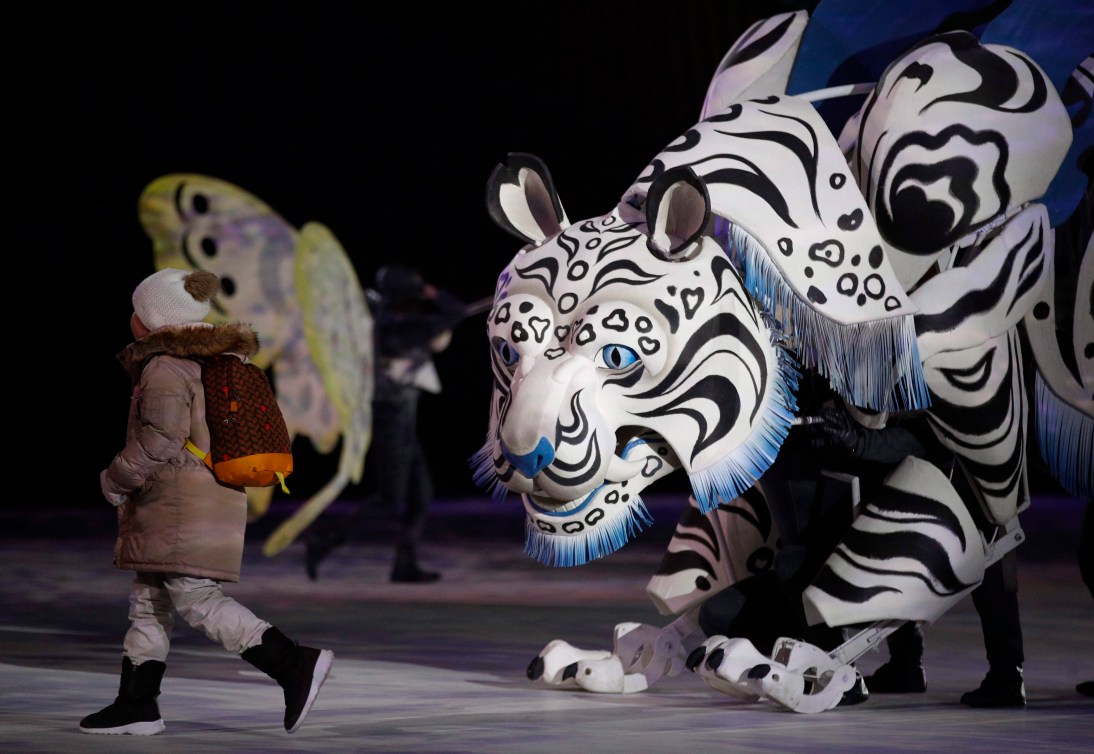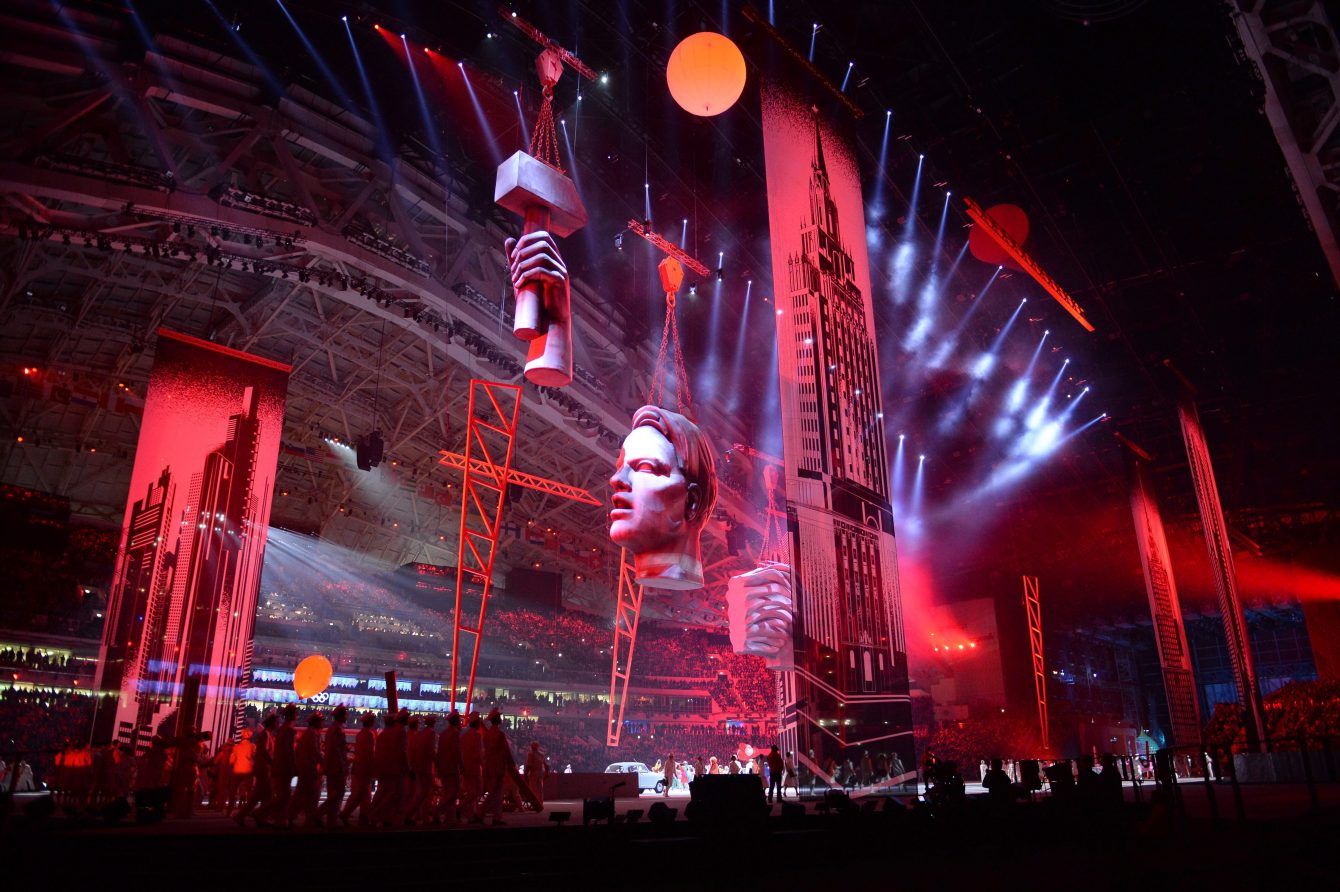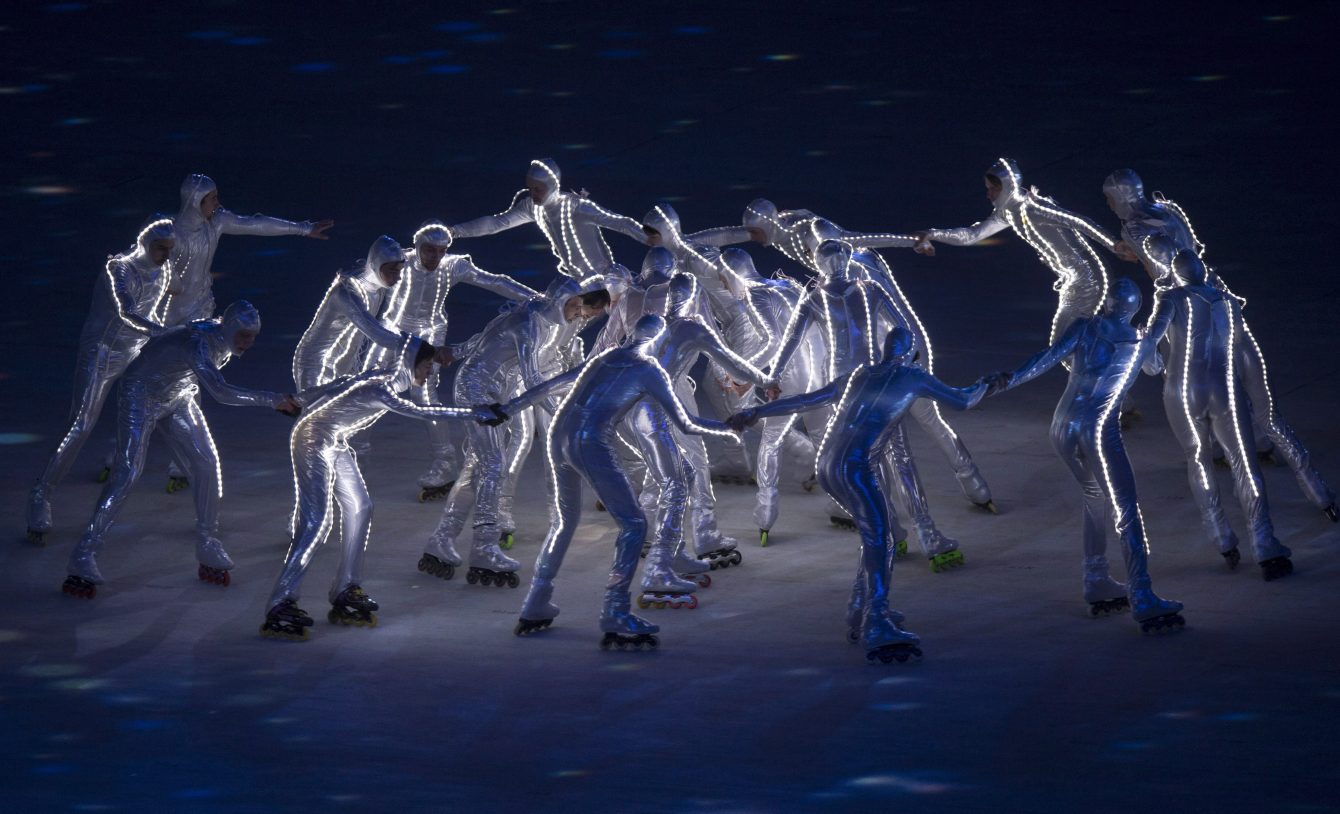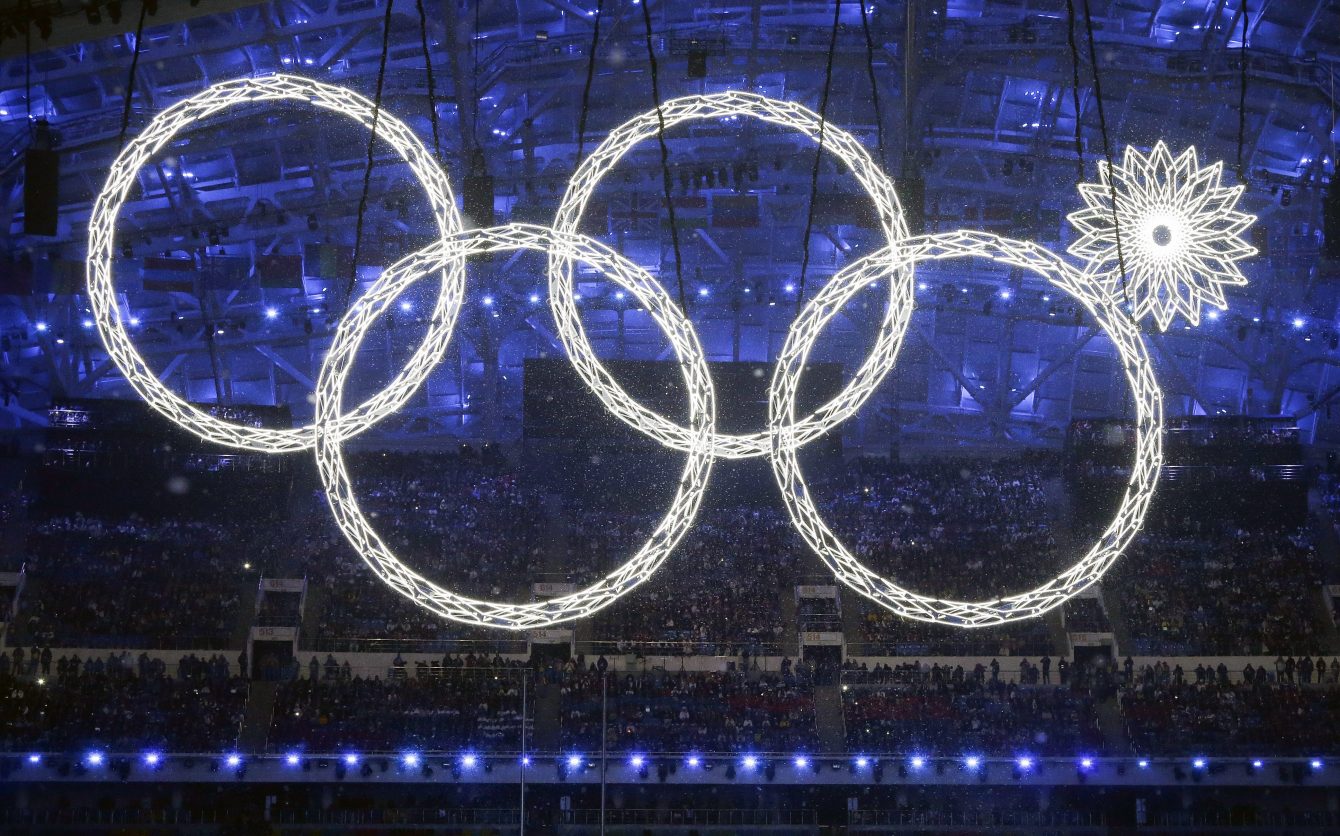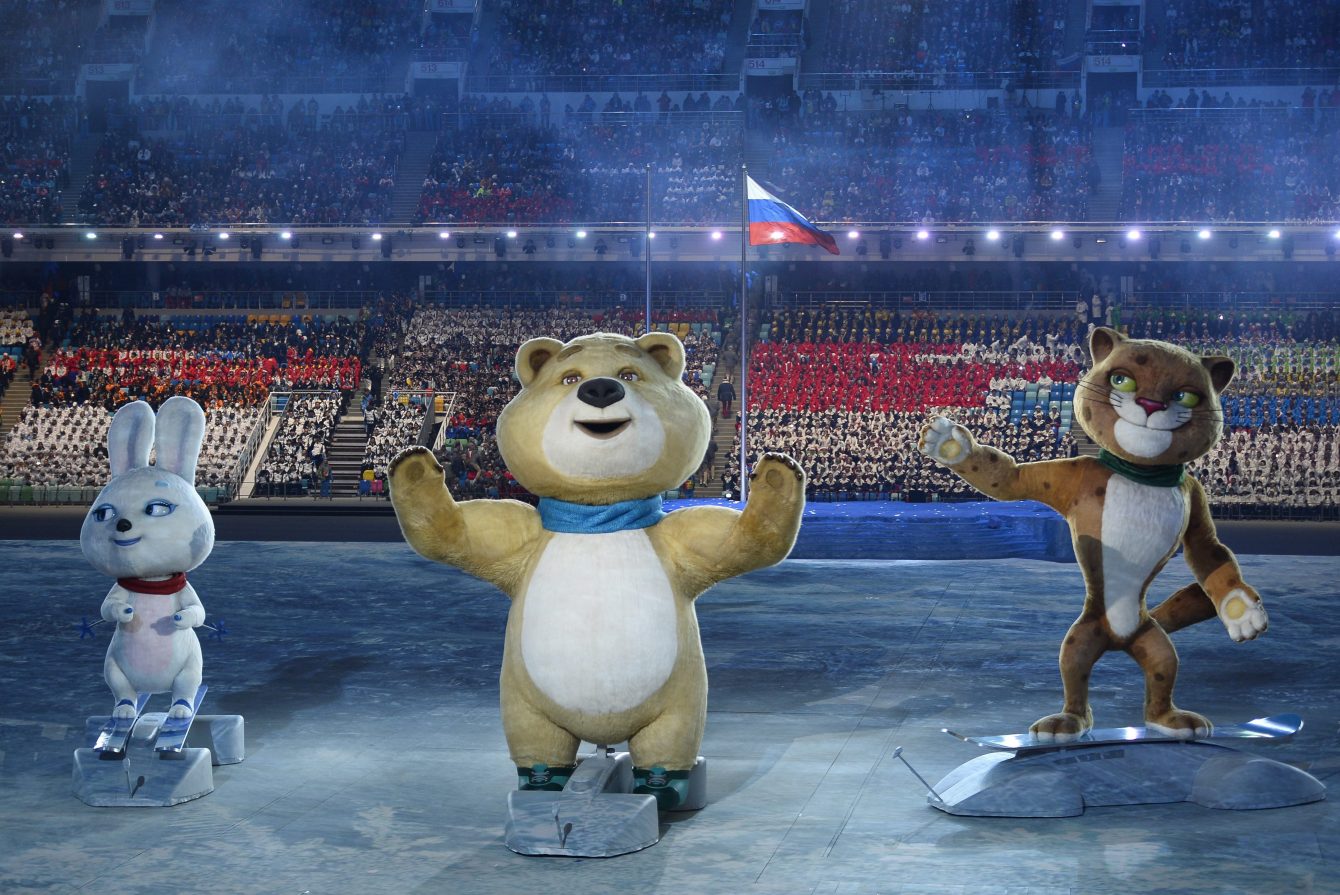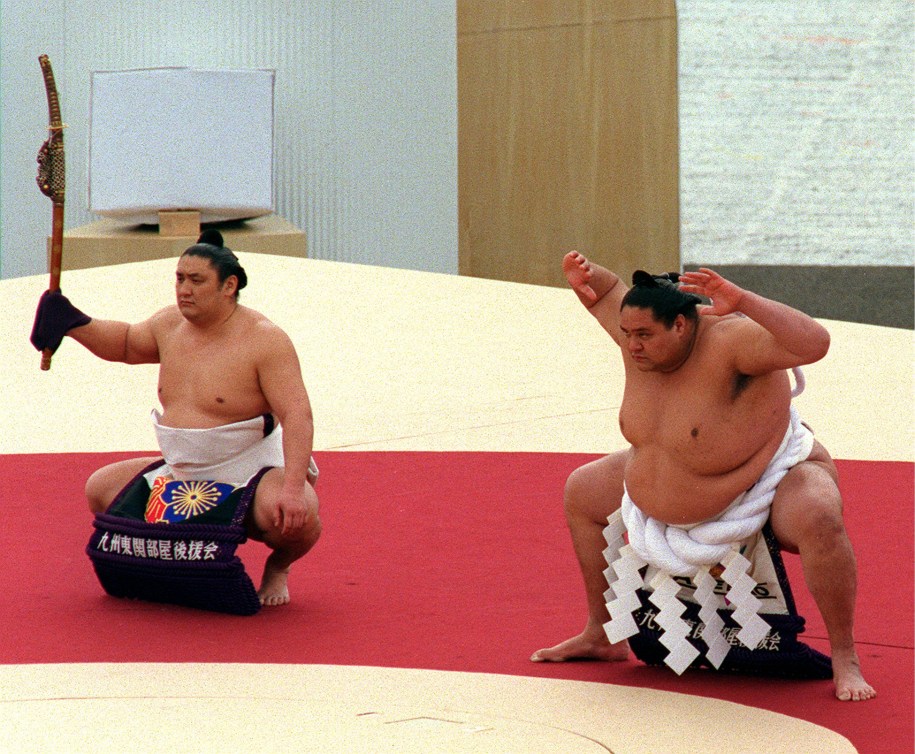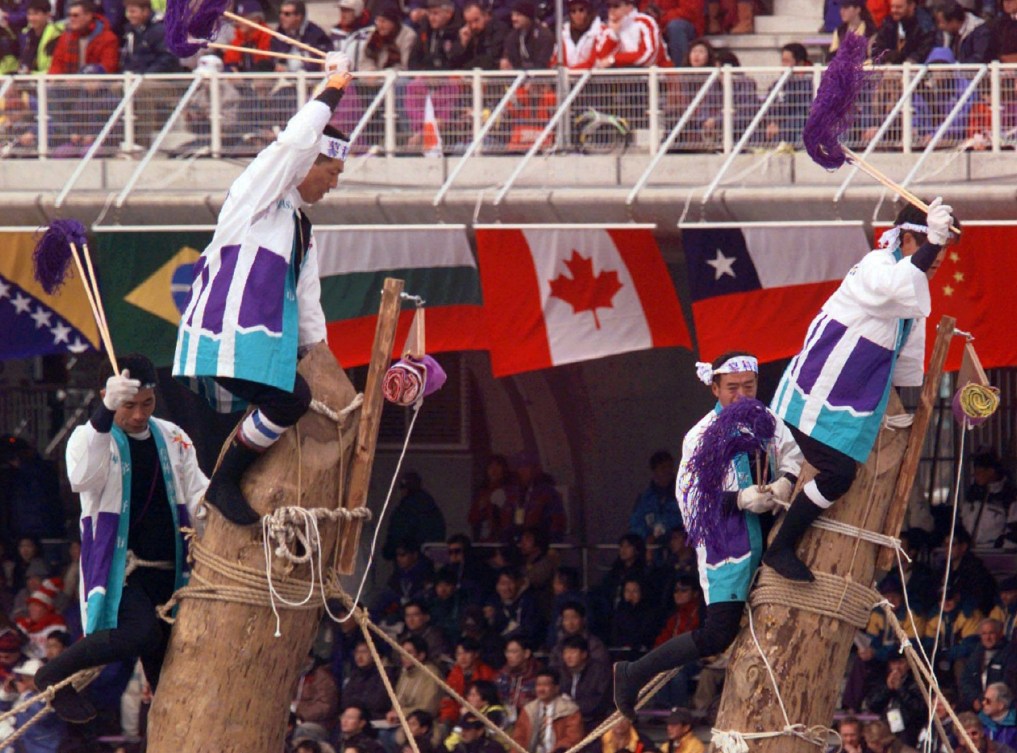A look back at recent Olympic Winter Games Opening Ceremonies
This article was updated January 31, 2023
There’s no moment quite like seeing the Olympic cauldron lit at the Opening Ceremony of any Olympic Games.
It signifies the start to every Games as the flame continues to burn until the last athlete crosses the finish line and the host country bids adieu to fans, athletes and the world.
Before that magical moment, however, there is always an artistic presentation that gives spectators and athletes a glimpse into the culture and history of the host country. This makes each ceremony unique and memorable unto itself.
Here’s a look back at a few of the past Olympic Winter Games Opening Ceremonies over the years.
Beijing 2022
Fourteen years after it hosted the Opening Ceremony of the Beijing 2008 Olympic Games, the Bird’s Nest was again the site of a spectacle. Technology was one of the stars of the show, with 11,600 square metres of HD LED screen forming the centre stage on the floor. It seemingly reacted to the actions of performers, such as the more than 600 children who danced with illuminated doves while activating snowflakes with their footsteps. The reveal of the Olympic rings took the form of digital ice breaking.
Perhaps the biggest divergence from past Opening Ceremonies was that a cauldron was not lit with the Olympic flame. Instead the torch — after being carried by Chinese athletes born in each decade going back to the 1950s — was placed in the middle of a giant snowflake made of the name placards of the 91 competing teams.
PyeongChang 2018
Despite the stadium not being used for any competitions, 35,000 fans watched on in Gangwon province as they witnessed the Opening Ceremony called, “Peace in Motion”. The ceremony focused on five children, Haenaroe, Ara, Puri, Biachae and Nuri, who helped show the main values of the PyeongChang Games which were peace, passion, harmony and convergence, while also representing the five Olympic rings and elements of fire, water, wood, earth and metal made the make up the universe.
The adventures of the five also were told through a blending of the old and the new in Korea with mythical creatures including a white tiger – a symbolic animal of Korea that represents peace – while using modern day technology to help bring everything to life. As the children’s adventures took them through a history of Korea, the main lesson they learned is that everyone is connected but that there is also an understanding and consideration of others where peace can connect the past, present and future of not only those in Korea but the world.
Sochi 2014
Sochi’s large-scale spectacle, titled “Power to the People”, featured more than 3000 performers and 2000 volunteers. Tributes to Russia’s long history included an inflatable St. Basil’s Cathedral, the army of Czar Peter the Great taking to the floor, a giant moving replica of the statue “Worker and Kolkhoz Woman”, and a performance from “Swan Lake”.
Not everything went according to plan, as midway through the performance a set of giant snowflakes which were supposed to unfurl to form the Olympic Rings malfunctioned, leaving four rings and a giant snowflake suspended in midair. Nearly all the action was set to the music of famous Russian composers such as Tchaikovsky, Stravinsky, and Prokoviev.
Vancouver 2010
Vancouver’s Opening Ceremony had the distinction of being the first to ever take place indoors. Hosted at the domed BC Place, the ceremony kicked off with a bang, as snowboarder Johnny Lyall jumped through a set of Olympic rings as snow and ice exploded into the crowd. Original music by Bryan Adams, Nelly Furtado, Dave Pearce, Gavin Greenaway, and Donovan Seidle was played live by an orchestra on the stadium floor.
The cultural section “Landscape of a Dream” was narrated by star of stage and screen Donald Sutherland and featured representations of all the regions of Canada, including a giant Kermode bear, a fiddle duel, aerialists dressed as snowboarders, a k.d. lang performance of Leonard Cohen’s “Hallelujah”, and a reading of “We are More” by slam poet Shane Koyczan. The ceremony was capped off by Wayne Gretzky, Catriona Le May Doan, Steve Nash, and Nancy Greene lighting the Olympic cauldron inside the stadium.
Turin 2006
“Passion Lives Here” was the theme in Turin. To start the show, Olympic champion gymnast Juri Chechi struck a flaming anvil, symbolizing the Piedmont region’s industrial past, which set off jets of flame around the stadium and was followed by groups of inline skaters executing formations in flaming costumes. Performances included tributes to the Alps, complete with life-sized pine trees, and waltzing performers dressed as cows.
In a tribute to Italian contributions to the Renaissance and Baroque art scene, there were scenes from Dante’s Divine Comedy and a tableau from the Birth of Venus. A segment that focused on the future included a Ferrari F1 car, painted with the Italian tricolore and the Olympic rings, doing donuts on the stadium floor. The ceremony concluded with the last ever public performance from famed Italian tenor Luciano Pavarotti, singing his trademark aria Nessun Dorma from the opera Turandot, which earned him the longest ovation of the night.
Salt Lake City 2002

Less than five months after the events of September 11, the Salt Lake City Opening Ceremony faced the problem of how to properly and tastefully address what had happened. In a touching moment early in the proceedings, an American flag recovered from Ground Zero was carried into the stadium by athletes and first responders while the Mormon Tabernacle Choir sang the Star-Spangled Banner.
The performances featured “Welcome” stomp dances by local native tribes, LeAnn Rimes singing the official song of the Games “Light the Fire Within”, an original orchestral piece written by John Williams and performed by the Utah Symphony Orchestra, 15-foot bison and bald eagle puppets, and Olympic champion figure skaters Kristi Yamaguchi and Scott Hamilton performing on an outdoor rink built specially for the ceremony. President George W. Bush broke with the tradition of opening the Games from an official box, instead standing among the U.S. athletes.
Nagano 1998
The Nagano Opening Ceremony began with the ringing of a 400-year-old bell at Zenkoji Temple, a Buddhist temple central to Nagano prefecture and Japan. Traditional Japanese purification rituals were incorporated into the performances. In a thousand-year-old tradition, eight onbashira log pillars were rolled into the stadium to purify the land. In the sumo tradition, Yokozuna Akebono performed the dohyo-iri ring purification ceremony to expel evil spirits from the competition venues. In a spectacular grand finale, Seiji Ozawa utilized then-cutting-edge satellite technology to direct a 2000-piece string chorus at the stadium along with performers in Berlin, Cape Town, Beijing, New York, and Sydney, in a performance of Beethoven’s “Ode to Joy”.

